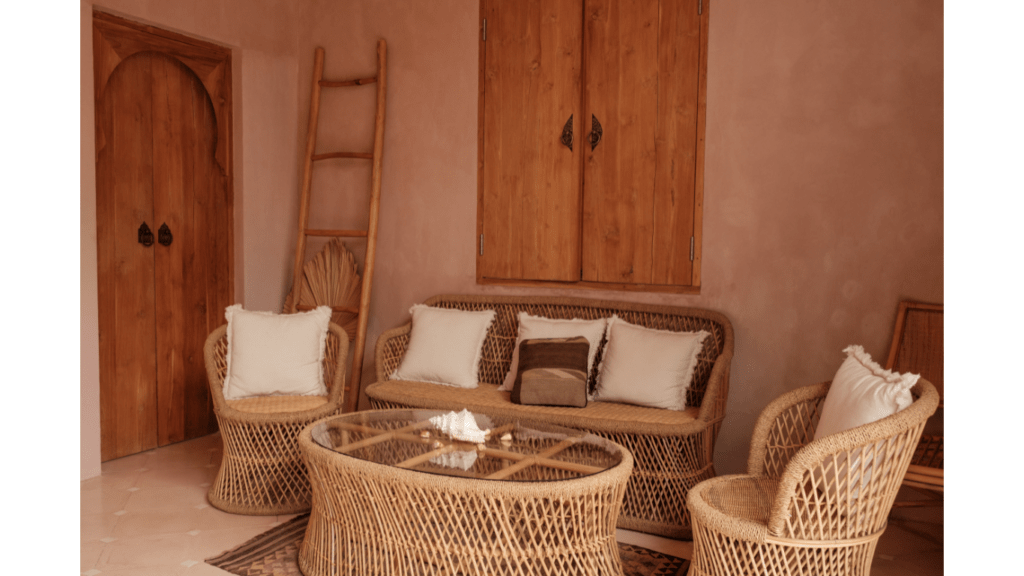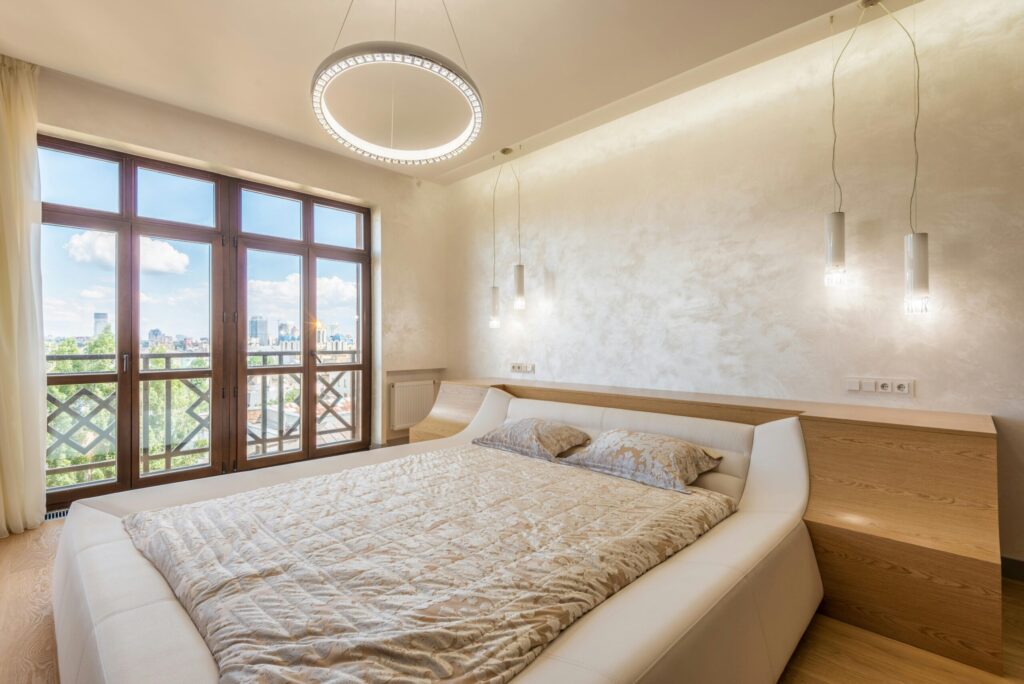Embracing Minimalism: The Foundational Step
The Philosophy of Less is More
- Embracing minimalism is about adopting the philosophy of “less is more.” It’s not just about decluttering physical spaces; it’s a mindset that values simplicity, functionality, and intentionality in every aspect of life. By focusing on what truly matters and eliminating the excess, I can create a sense of calm and clarity in my living environment. Minimalism encourages me to be mindful of the items I bring into my home, ensuring that each piece serves a purpose and adds value to my space.
Practical Decluttering Techniques
- Practical decluttering techniques are essential in transforming a small space into a functional and organized oasis. One effective technique I use is the “one in, one out” rule, where I only introduce a new item after removing something else. This strategy helps me maintain a balanced and clutter-free environment. Additionally, I prioritize regular decluttering sessions to review and reassess the items in my home. By categorizing possessions into keep, donate, or discard piles, I can efficiently streamline my belongings and create more space in my small living area.
Multi-functional Furniture: The Space-Saving Heroes
1. Wall Beds and Convertible Sofas
When it comes to maximizing space in small living areas, investing in wall beds and convertible sofas can be game-changers. Wall beds, also known as Murphy beds, are a smart solution that can be folded up when not in use, providing valuable floor space during the day. Similarly, convertible sofas serve a dual purpose by transforming from a comfortable seating option to a cozy bed for guests. These versatile pieces of furniture are perfect for accommodating both relaxation and sleep in compact settings.
2. Expanding Tables and Nesting Chairs
Expanding tables and nesting chairs are essential additions for optimizing small spaces without compromising on functionality. Expanding tables allow you to adjust the table size based on your needs, whether it’s for a cozy dinner for two or a gathering with friends. Nesting chairs provide versatility in seating arrangements while taking up minimal space when not in use. These dynamic furniture pieces offer flexibility and convenience in furnishing tight living areas.
Smart Storage Strategies
Vertical Space Utilization
In small living spaces, utilizing vertical space is key to maximizing storage. I opt for tall bookshelves that reach the ceiling to store books, decorative pieces, and even baskets for small items. Hanging shelves are another great way to make use of vertical space by keeping items off the floor and creating a visually appealing display. Vertical storage not only adds functionality but also gives the illusion of a larger room by drawing the eye upward.
Hidden Storage Ideas
Hidden storage is a clever way to keep your space organized and clutter-free. I recommend investing in furniture with hidden compartments such as ottomans with storage space inside, beds with built-in drawers, or coffee tables with lift-up tops for stashing away items out of sight. Additionally, using decorative boxes or baskets that can slide under beds or fit on high shelves is a stylish way to hide away belongings while adding a touch of décor to your space. By incorporating hidden storage solutions, you can maintain a clean and tidy living area while maximizing your home’s potential.
Design Tricks to Enlarge Your Space

Mirrors and Reflective Surfaces
Mirrors are a fantastic way to create the illusion of a larger space. Placing mirrors strategically in your small home can reflect light and make the room feel more open and airy. Consider using large mirrors or mirrored furniture to enhance this effect. Reflective surfaces, such as glass tabletops or metallic finishes, can also help bounce light around the room, making it appear more spacious.
Color Schemes and Wall Treatments
Choosing the right color scheme for your small space can significantly impact how large it feels. Opt for light, neutral colors like whites, creams, and pastels to make the room seem brighter and more expansive. Painting walls in soft hues can visually push the walls back, creating the illusion of depth. Additionally, using consistent colors throughout the space can create a cohesive look that helps the eye move seamlessly across the room, giving the impression of a larger area. Experiment with different wall treatments like paint finishes, wallpapers, or decals to add texture and interest without overwhelming the space.
Lighting Techniques for Small Interiors
Natural Light Maximization
To amplify natural light in small interiors, consider using sheer curtains or blinds that allow sunlight to filter through while maintaining privacy. Positioning furniture away from windows can also prevent light blockage and aid in distributing sunlight evenly across the room. Utilizing light-colored, reflective surfaces like mirrors or glossy finishes on furniture can help bounce light around the space, making it appear larger and brighter.
Strategic Artificial Lighting
In small interiors, strategic placement of artificial lighting is crucial for creating a well-lit and cozy ambiance. Opt for overhead lighting fixtures such as recessed lights or flush mounts to illuminate the entire room effectively without occupying valuable floor space. Task lighting, like under-cabinet lights in the kitchen or reading lamps in the living area, can provide focused brightness where needed, enhancing functionality in compact spaces. Dimmable lights offer flexibility in adjusting brightness levels to suit different activities and moods in small interiors.




